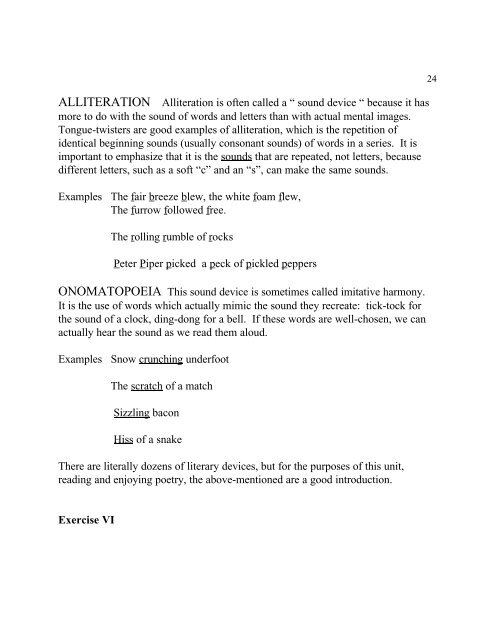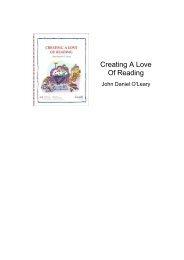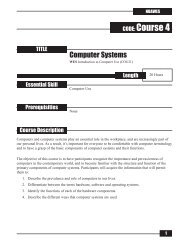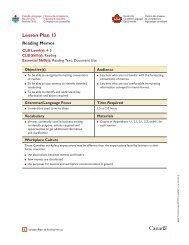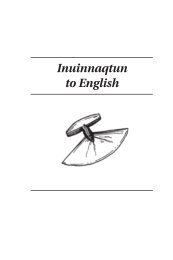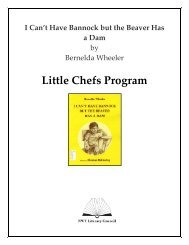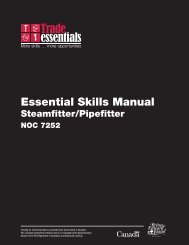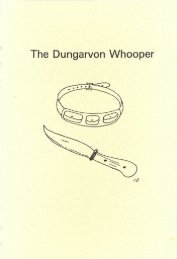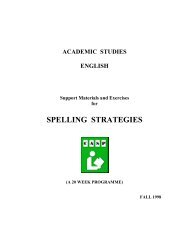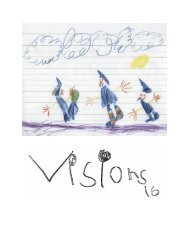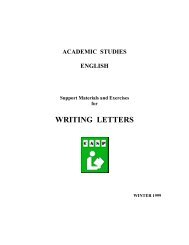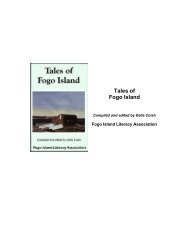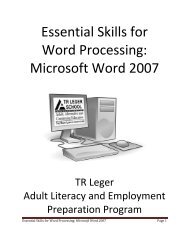PART A : POETRY - National Adult Literacy Database
PART A : POETRY - National Adult Literacy Database
PART A : POETRY - National Adult Literacy Database
Create successful ePaper yourself
Turn your PDF publications into a flip-book with our unique Google optimized e-Paper software.
ALLITERATION<br />
Alliteration is often called a “ sound device “ because it has<br />
more to do with the sound of words and letters than with actual mental images.<br />
Tongue-twisters are good examples of alliteration, which is the repetition of<br />
identical beginning sounds (usually consonant sounds) of words in a series. It is<br />
important to emphasize that it is the sounds that are repeated, not letters, because<br />
different letters, such as a soft “c” and an “s”, can make the same sounds.<br />
Examples The fair breeze blew, the white foam flew,<br />
The furrow followed free.<br />
The rolling rumble of rocks<br />
Peter Piper picked a peck of pickled peppers<br />
ONOMATOPOEIA This sound device is sometimes called imitative harmony.<br />
It is the use of words which actually mimic the sound they recreate: tick-tock for<br />
the sound of a clock, ding-dong for a bell. If these words are well-chosen, we can<br />
actually hear the sound as we read them aloud.<br />
Examples Snow crunching underfoot<br />
The scratch of a match<br />
Sizzling bacon<br />
Hiss of a snake<br />
There are literally dozens of literary devices, but for the purposes of this unit,<br />
reading and enjoying poetry, the above-mentioned are a good introduction.<br />
24<br />
Exercise VI


